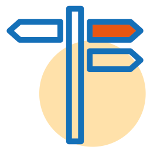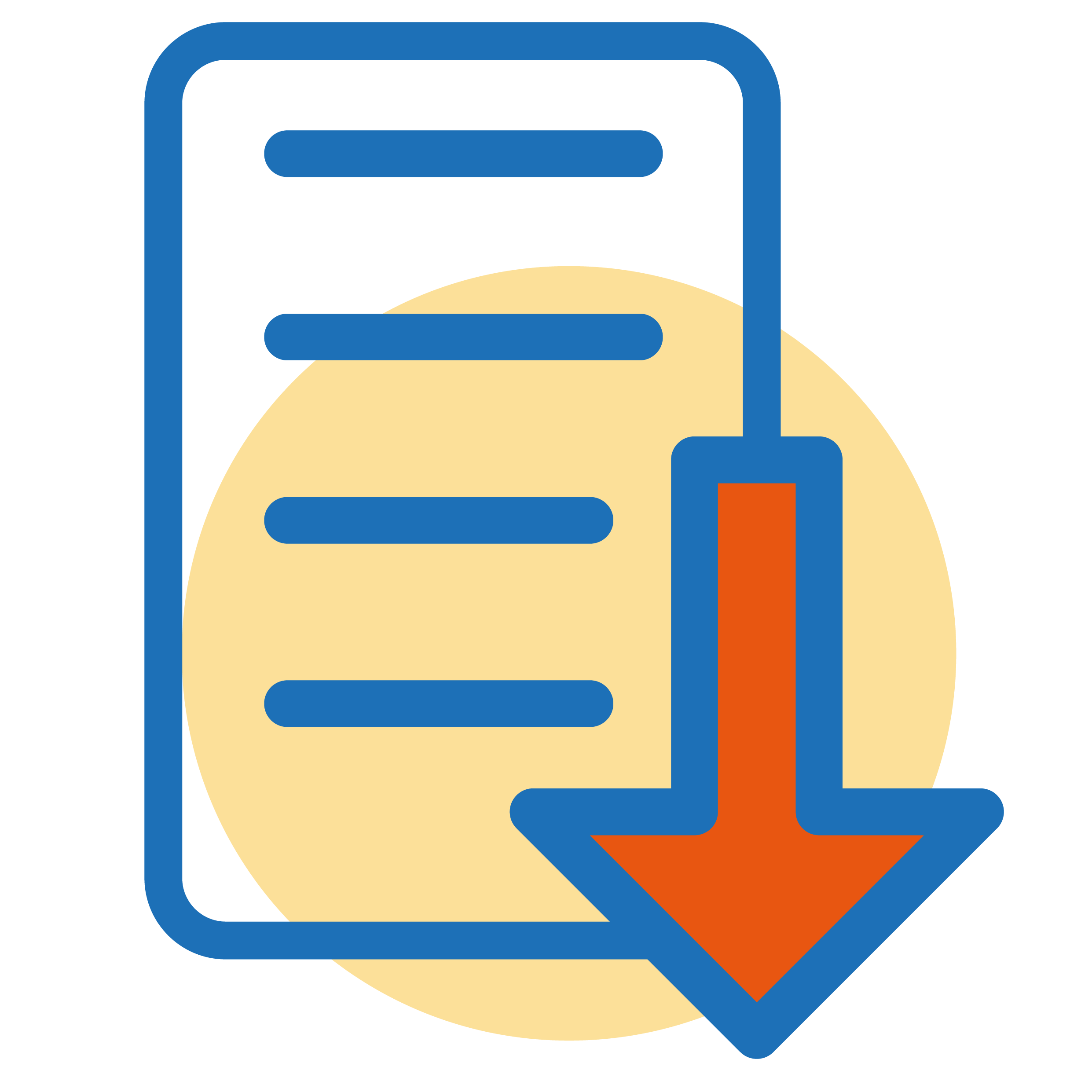Use it to think about the fundamental definitions on which you can build the personal progression scheme for all age sections
Introduction
The personal progressive scheme is the tool through which we guide and motivate young people in the development of educational competencies and, consequently, in their personal development process.
Objectives
This tool is intended to
- help to your NSO to think about the fundamental definitions on which you can build the personal progression scheme of each of its units.
This tool is intended for
- the team responsible for the process of designing or reviewing your NSO’s Youth Programme.
- participants of a study or discussions (seminars, workshops, etc.) organised by your NSO in the process of designing or reviewing its Youth Programme.
How to use this tool
- Split the participants into five teams. Working in parallel and using the guiding questions below, analyse the following topics:
- Team 1. The current progression scheme in the NSO.
- Team 2. A progression scheme by age section.
- Team 3. Stages of personal progression.
- Team 4. Support materials.
- Team 5. Proficiency and special badges (including the world programmes under the Better World Framework ).
- In plenary, present the conclusions of each group and discuss, trying to reach common conclusions.
| Scheme of current progression |
|
1.1. What are the best features of the current personal progression scheme in our NSO? |
|
1.2. What are the main challenges and limitations of the current progression scheme in our NSO? |
| A progression scheme by age sections |
|
2.1. The personal progression system is based on educational competencies, but will we design a progression system adapted to each of the age sections? |
|
2.2. How will we adapt the progression systems to the maturity of young people in different age groups? |
|
2.3. How will we present the educational competencies in the personal progression for each of the age sections? |
| Stages of personal progression |
|
3.1. Are we going to define stages of progression? |
|
3.2. What criteria will we use to define the stages? |
|
3.3. What criteria will we use to define the number of stages in each age section? |
|
3.4. Direct entry to the stages based on each young person’s development, linear entry progressing from one stage to another, or the possibility of having both types of entries? |
|
3.5. What criteria will we use to name the stages in each age section? Will we refer to the symbolic framework of each of the age sections? |
| Support materials |
|
4.1. What materials will we use to present the personal progressive scheme to young people? |
|
4.2. How will we motivate the advance of the progression in each of the age sections? |
|
4.3. Will we use badges to recognise the progress of young people in personal progression? Will it be the same model of badges in the different age sections? How will the badges adapt to the needs and interests of the young people in each age group? How will they adapt to the symbolic framework, etc.? |
| Proficiency and special badges |
|
5.1. What will the system of proficiency and special badges look like? |
|
5.2. What relationship will it have with the personal progressive system? |
|
5.3. Will all the age sections have a system of proficiency and special badges? |
|
5.4. Will we adapt the system of proficiency and special badges to the characteristics and needs of each age group? |
|
5.5. Will we include special badges in the system, for example, those of the World Programmes (Scouts of the World Award, Earth Tribe, Messengers of Peace) to the personal progression or in the proficiency system? How will we do it? |
Use it to identify the fundamental characteristics on which the personal progression scheme should be built
Model Analysis
Introduction
The personal progressive scheme is the tool used to guide and motivate young people in achieving the proposed educational competencies and, therefore, in their personal development process.
Some of the most complex challenges of the National Programme Team is to design an adequate personal progressive scheme based on educational competencies that
- presents educational competencies to each of the different age sections appropriately.
- is adapted to the characteristics of each age section.
- motivates young people to achieve the educational competencies planned for their age section.
- allows personalising the competences according to the needs and interests of young people.
- enables the self-assessment process.
- serves to recognise the progress of young people in their learning.
- is simple to implement and understandable to both young people and adults.
Objectives
This tool is intended to
- help identify those fundamental characteristics on which the personal progression scheme will be built.
This tool is intended for
- the team responsible for the process of designing or reviewing your NSO’s Youth Programme.
- participants participating in the reflection or debate (seminars, workshops, etc.) organised by your NSO when designing or reviewing its Youth Programme.
How to use this tool
- Organise five work teams. Have each of the teams analyse one of the models presented and identify aspects for and against each of its characteristics.
- In a plenary session, have each group present their conclusions for debate and try to reach common conclusions.
- Decide which model is best suited; use a pure model or a combination.
| MODEL 1 | ||
| Characteristics | Aspects in favour | Aspects against |
| Age section educational competencies are organised in the six growth areas. | ||
| Age section educational competencies are presented to young people. | ||
| For this, the wording of the educational competencies is adapted to each of the age sections, to make them understandable and, at the same time, attractive. | ||
| Young people work directly with educational competencies, having the possibility to choose and adapt learning opportunities to their interests and reality. | ||
| Progress is recognised within the conclusion of the programme cycle and may have a recognition badge at the beginning of a given stage. | ||
| This model is similar in all units. | ||
| MODEL 1A | ||
| Characteristics | Aspects in favour | Aspects against |
| This model is similar for all units, except for the oldest age section, in which young people have the possibility of planning their personal progress using a specific tool. | ||
| MODEL 2 | ||
| Characteristics | Aspects in favour | Aspects against |
| The age section educational competencies are not presented to young people directly but by using other programme areas, for example environment, adventure, peace, and development. | ||
| The programme areas are presented to young people, and their wording is adapted to each of the age sections, in order to make them comprehensible and attractive. | ||
| Young people have the possibility to choose and adapt learning opportunities for each area according to their interests and reality. | ||
| Progress is recognised within the conclusion of the programme cycle and may have a recognition badge at the beginning of a given stage. | ||
| This model is similar in all units. | ||
| MODEL 2A | ||
| Characteristics | Aspects in favour | Aspects against |
| This model is similar to all units, except for the oldest age section, in which young people have the possibility of planning their personal progress using a specific tool. | ||
| MODEL 3 | ||
| Characteristics | Aspects in favour | Aspects against |
| The age section educational competencies are not presented to young people directly but by using other programme areas, for example environment, adventure, peace and development. | ||
| The programme areas are presented to young people, and their wording is adapted to each of the age sections, in order to make them comprehensible and attractive. | ||
| For each programme area the progression scheme offers a pre-made list of learning opportunities (ideas of activities and projects), which can be adapted to their interests and reality. | ||
| Progress is recognised within the conclusion of the programme cycle and may have a recognition badge at the beginning of a given stage. | ||
| This model is similar in all units. | ||
| MODEL 4 | ||
| Characteristics | Aspects in favour | Aspects against |
| The age section educational competencies are not presented to young people directly but by using other programme areas, for example environment, adventure, peace and development. | ||
| The programme areas are presented to young people, and their wording is adapted to each of the age sections, in order to make them comprehensible and attractive. | ||
| For each programme area the progression scheme in the younger sections (Cubs and Scouts), offers a pre-made list of learning opportunities (ideas of activities and projects), which can be adapted to their interests and reality. | ||
| In older sections, the progression scheme is more flexible, offering adolescents and young people the possibility of planning their personal progress, using a specific tool. | ||
| Progress is recognised within the conclusion of the programme cycle and may have a recognition badge at the beginning of a given stage. | ||
| MODEL 5 | ||
| Characteristics | Aspects in favour | Aspects against |
| The age section educational competencies are not presented to young people. | ||
| The progressive scheme is presented through a combination of activity badges and awards for each age section and presented to young people, and their wording is adapted to each of the age sections, in order to make them comprehensible and attractive. | ||
| The educational competencies are related with the content of each specific activity badge and award, with a lower possibility to adapt to their interests and reality. | ||
| Progress is recognised within the conclusion of the programme cycle with the acquisition of the specific badges and awards. | ||
| This model is similar in all units. | ||
| MODEL 5A | ||
| Characteristics | Aspects in favour | Aspects against |
| This model is similar to all units, except for the oldest age section, in which young people have the possibility to adapt the content of the activity badges and awards to their interests and reality. | ||



